Pistachio Production and Price In 2023 – Nutex Pistachio
What you are reading in this article ...
Pistachio Production and Price In 2023 - Nutex PistachioAmerican PistachiosUS Pistachios FiguresTurkish PistachiosSpanish PistachiosSpanish Pistachio CultivarsGreek PistachiosGreek Pistachio CultivarsIranian PistachiosIran Pistachio CultivarsCharacteristics Of Famous Pistachio Cultivars In Other CountriesWhy Is Iranian Pistachio Still A Better Choice?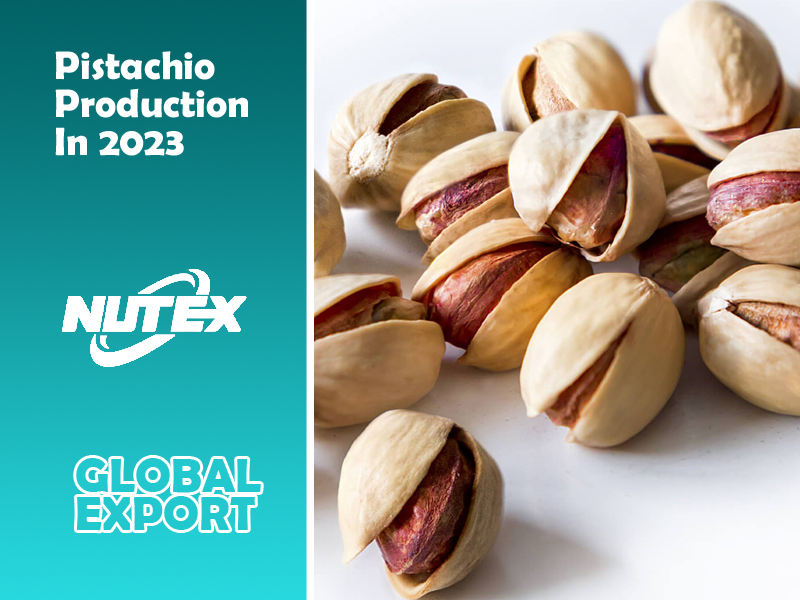
Pistachio Production and Price In 2023 – Nutex Pistachio:Nutex Company has been dealing in pistachio business for more than 10 years.The location of the production and Ferrari factory of this company is located in the city of Rafsanjan.Rafsanjan is known for having high-quality pistachios.
Nutex trading group is famous in trading and exporting pistachios through international export.
Our products come in high quality because we buy new products directly from the supplier.
The company has obtained BRC, ISO 9001, ISO 22000 and HACCP certifications in order to provide services to customers in the most efficient way.
Pistachio Production and Price In 2023 – Nutex Pistachio
Iran is the origin and birthplace of Pistachios, but during the time this seed has traveled to the far corners of the world and now many countries cultivate and trade these popular and expensive nuts. Considering that the world’s largest quantity of pistachios are produced in the US, but since domestic consumption is high, Iran is still the largest exporter of pistachios. Iran, America, Turkey, China, Syria, Greece, Italy, Afghanistan, Tunisia and Spain are the top 10 pistachio producing countries in the world. Other pistachio exporters include Madagascar, Australia, Kyrgyzstan, Jordan, Uzbekistan, Pakistan, Ivory Coast, Morocco and Mexico.
In this article, we will have a look at figures, average production and price forecast of important pistachio producer in 2023.
American Pistachios
About 97% of the pistachios grown in America are of a female form called Kerman and a male variety called Peters. The Kerman pistachio variety was brought from Rafsanjan to California in 1929, and a year later, this variety was cultivated in America. Kerman trees produce the most popular type of pistachios in the United States.
Characteristics of Kerman pistachio fruit: round fruit, crunchy and suitable kernel, pink and greenish yellow. It has a high percentage of smile and, of course, a high percentage of empty shells in some years. California pistachios are bigger and easier to open than the pistachios of their Middle Easretn counterpart producers. Despite the high quantity and slightly cheaper price, the variety, appearance, and flavor of the American pistachio are not very pleasing to the taste of most of those who have eaten Iranian pistachios.
The pistachio tree grows in hot, dry conditions and even tolerates drought, but excess and high humidity cannot be tolerated. For this reason, California is an the only environment for the cultivation of this plant.
US Pistachios Figures
Red Aleppo is one of the first species to grow in California. it is smaller and drier fruits than Kerman and has hanging branches. The figure Peters was introduced by Mr. Peters, probably of Armenian origin. Other male cultivars include Kaz, EL, Chico and Randy, which may have originated in Azerbaijan.
Golden Hill and Lost Hill cultivars were obtained from breeding programs in America and may replace Kerman cultivars in the future. These cultivars are earlier than the Kerman cultivar. These cultivars are earlier than the Kerman and have a higher yield and less pollution problems.
Some other cultivars cultivated in California are imported from Mediterranean and West Asian countries and include: Ibrahim (Ebrahim Abadi), Ohadi, Safeed, Shasti, Wahedi, Bronte, Buenzle, Lassen, Minassian, Sfax and Trabonella.
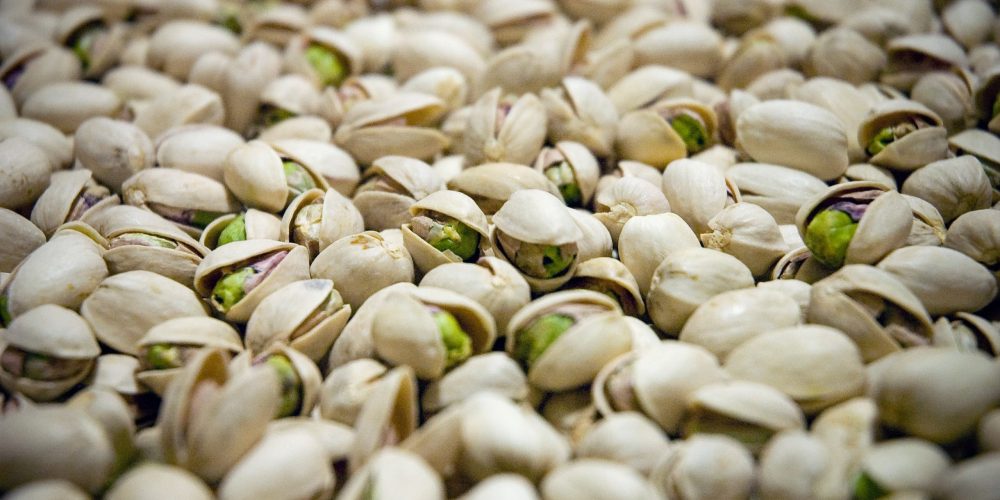 American pistachio production is expected to increase to 400,000 tons in 2023. The export price per kilogram of pistachios from the United States has seen a steady increase over the past five years. According to the data, the wholesale export price of pistachios from the United States is projected to be US$7.90 per kilogram in 2023 and US$7.48 per kilogram in 2024.
American pistachio production is expected to increase to 400,000 tons in 2023. The export price per kilogram of pistachios from the United States has seen a steady increase over the past five years. According to the data, the wholesale export price of pistachios from the United States is projected to be US$7.90 per kilogram in 2023 and US$7.48 per kilogram in 2024.
Turkish Pistachios
Turkey is one of the major producers of pistachios and ranks third in the world production of pistachios after Iran and the United States. Turkish pistachio nuts are slightly smaller than other types. These pistachios are also known as Antep pistachios, after the Turkish name pistachio. People call it “Antep fıstığı” in Turkey. In Turkey, there are 2 types of popular Turkish pistachios, which are Turkish Antep pistachios and Turkish Siirt pistachios. Different cultivars of Turkish pistachio are ” Uzun”, ” Kirmizi”, “Halebi”, “Abiad miwahi”, “The Jalale”, “Aintaby” and “Ayimi”.
Turkish pistachios are a bit more difficult to open than other types because their shell, which is thinner and more elongated and also very hard, does not open as easily as other types when dried and roasted. Turkish pistachios are widely superior in flavor to all varieties except Iranian pistachios, and are significantly more expensive than larger varieties in the United States. They have the sweetest and strongest pistachio flavor among pistachio varieties, this characteristic is enhanced by roasting.
You can find the best Turkish pistachios in one of the Turkish cities called Gaziantep. The original name of pistachio, “antep fıstığı”, is derived from this city. Pistachio is used widely as an additive in confectionery and dessert industry (especially baklava and chocolate), and ice cream making.
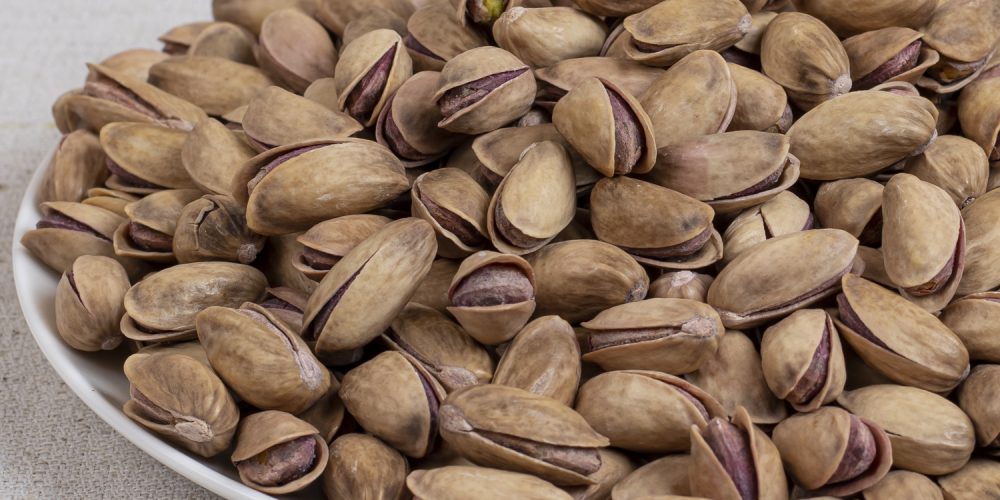 It is expected that Turkish pistachio production will increase to 210,000 tons this year compared to last year. In 2023, the approximate wholesale price range for Turkish pistachios is predicted to be between US$9.79 and US$26.59 per kilogram.
It is expected that Turkish pistachio production will increase to 210,000 tons this year compared to last year. In 2023, the approximate wholesale price range for Turkish pistachios is predicted to be between US$9.79 and US$26.59 per kilogram.
Spanish Pistachios
It was the Arab people who introduced this fruit to Spain. But it was only in recent years that its consumption has greatly increased. The first person who brought pistachios to the Madrid region was José Luis Ocaña, who is now 84 years old. In 2001, he decided to plant 2.5 hectares in Tielmes, a town in the southeast of the region. It was a gamble because they did not exist at the time. They called him the “Crazy Pistachio Man”. A few years later, he doubled the number of hectares. He knows that pistachios are very profitable, but advises the farmers to be cautious. “For many this is the new green gold, but it’s too early to celebrate,” he says. Nevertheless, pistachio has become the fifth largest fruit crop in the region.
Spanish Pistachio Cultivars
They include Larnaca, Mateur, Kerman and Aegina.
Mateur variety: long fruit, medium size, yellow-green skin color, good fruit quality, selected from Tunisia and showed good results in Spain.
Larnaka variety: fruit size is medium, longer than “Matur” fruit. Its origin is Cyprus. Cultivation of this variety in Greece and Spain has shown good results.
Madrid produces about 450 tons of pistachios, which is barely 5% of the national production. Spain needs another 100,000 hectares of pistachios, which at current growth rates will be planted in the next eight years. The product is well adapted to extreme climates, which means it can also be grown in inland regions such as Extremadura, Castile y León and Castile-La Mancha, which is home to 80% of Spain’s pistachios. However, the pistachio has flourished in the northeastern region of Catalonia. This tree was introduced in the 1970s, but did not adapt well to high humidity.
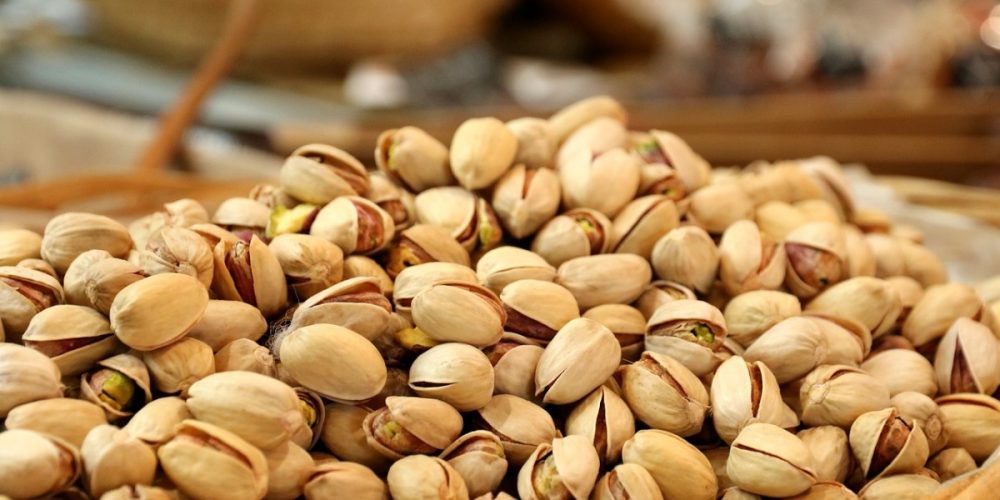 Spain is expected to produce about 3,000 tons of pistachios this year, and the average Spanish pistachio export price in 2023 will range from US$6.23 to US$10.22 per kilogram.
Spain is expected to produce about 3,000 tons of pistachios this year, and the average Spanish pistachio export price in 2023 will range from US$6.23 to US$10.22 per kilogram.
Greek Pistachios
The Greek island of Aegina is internationally known for its pistachios, which are among the best pistachios in the world. Pistachios were first planted and cultivated on a large scale in the middle of the 19th century in Aegina, a Greek island in the Saronic Gulf not far from Athens. Legend has it that no such tree existed on the island until an Aegina nobleman returning from Syria planted one in his yard in the late 1800s. But in fact, the pistachio tree, which is native to Iran, was first brought to the Greek island and mainland in 1860, and its trees flourished in the Mediterranean climate and the unique land of Aegina. Now Greece is the largest exporter of pistachios in Europe and the sixth exporter of pistachios in the world, which has made pistachios an integral part of the country’s agricultural production.
Greek Pistachio Cultivars
They include Larnaca, Aegina and Pontikis. Aegina pistachios are different from other types of nuts because they have a sweeter and more complex flavor that does not require salt or other flavorings. Due to its unique quality and cultural importance, Aegina pistachios have been declared as a protected designation of origin product by the European Union since 1996. The area produces about 800 tons of pistachios per year, and nuts are an essential part of the island’s culture.
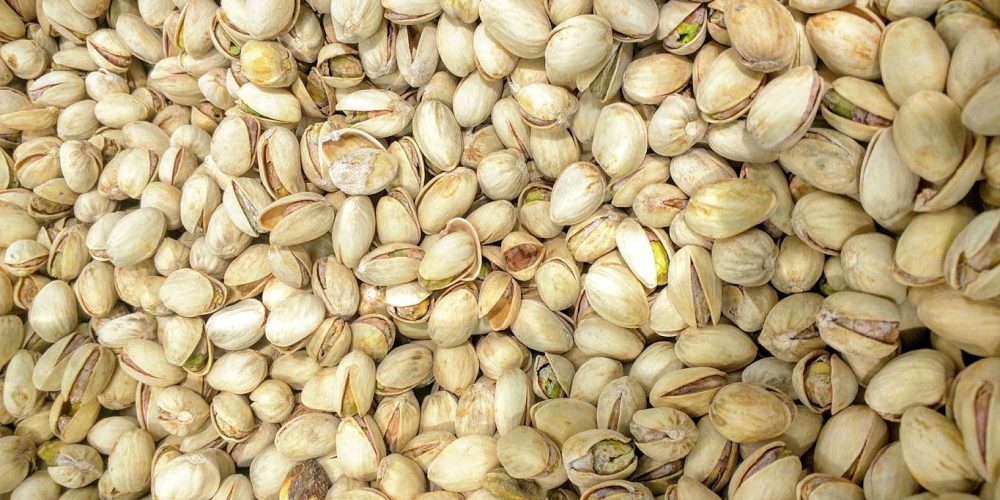 The amount of Greek pistachio production in 2023 is about 10,000 tons and the approximate wholesale price of Greek pistachios is expected to be between US$6.28 and US$9.79 per kilogram.
The amount of Greek pistachio production in 2023 is about 10,000 tons and the approximate wholesale price of Greek pistachios is expected to be between US$6.28 and US$9.79 per kilogram.
Iranian Pistachios
The English name pistachio is derived from ” Pisteh ” which is a Persian name. It is also known as green almond. Pistachio nuts are a part of Iranian culture and are actually present in all aspects of Iranian life. It is mentioned in all Iranian literature, stories, beliefs, traditions and rituals such as Nowruz and Yalda festival are used even in weddings and funeral ceremonies.
Iran has more than 70 varieties and genotypes of female pistachio and a large number of male genotypes and is one of the most important sources of pistachio germplasm in the world. The most famous types of pistachios in Iran are: Kale Ghochi, Akbari, Mumtaz, Badami Zarand, Pistachio Sefid Nog, Ahmad Aghaei, Ohadi, Khanjari Damghan, Shah Pasand Damghan and Qazvini pistachio.
There are different classifications for Iranian pistachios. In a general classification, pistachios are divided into two categories: Round and Elongated. For example, Kale Ghochi and Ohadi cultivars are classified in the round group, and Akbari, Ahmad Aghaei, Mumtaz and Sefid pistachio cultivars are classified in the Elongated group.
Iran Pistachio Cultivars
Fandoghi: The shape of the fruit is spherical (round), the percentage of smile is very high, the surface color of the kernel is purple, and the color of the bone skin is cream.
Kalleh-Ghouchi: round fruit shape, medium smile percentage, red-gray core color and white bone skin color with medium darkness.
Ahmed Aghaei: The shape of the fruit is elongated (almonds), the percentage of smile is high, the color of the core is purple and the color of the bone skin is very light.
Akbari: The shape of the almond, fruit has a high percentage of smile, the surface color of its core is purple-brown, and the color of its bony skin is dark cream.
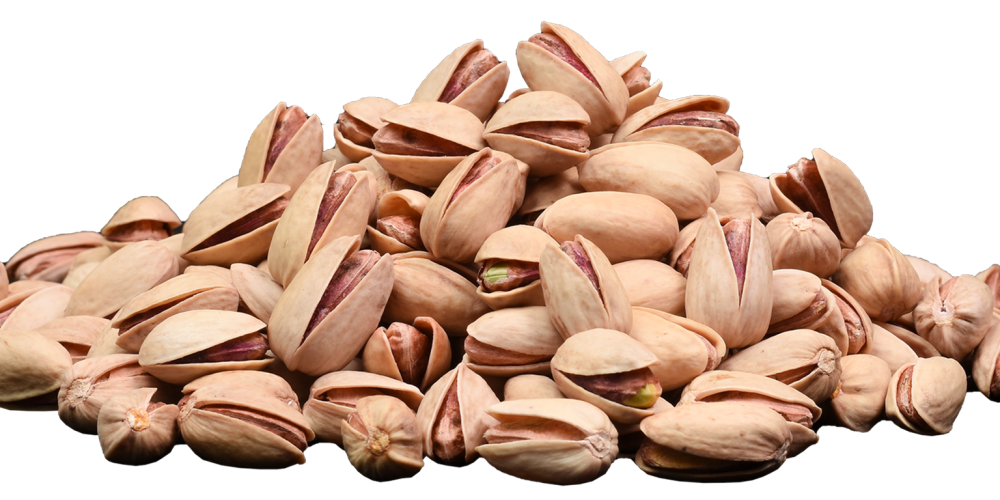 The Iranian Pistachio Association (IPA) has announced the production forecast of about 200,000 tons for 2023. It is expected that the export price of pistachios from Iran will be of about US$ 6.72 per kilogram in 2023 and US$ 6.70 per kilogram in 2024.
The Iranian Pistachio Association (IPA) has announced the production forecast of about 200,000 tons for 2023. It is expected that the export price of pistachios from Iran will be of about US$ 6.72 per kilogram in 2023 and US$ 6.70 per kilogram in 2024.
Characteristics Of Famous Pistachio Cultivars In Other Countries
Syria: Ashouri variety known as Red Aleppo: green skin color, medium fruit, light brown skin with black spots, high quality. Red Oleimy and White Batouri
Turkestan: Kouchka variety: large seed, creamy white skin color and fruit quality, as well as Akart-Tachecme and Chor-Tchechime varieties.
Italy: The variety “Bianca” or its synonym “Napoletana”: small to medium fruit size, elongated fruit shape, dark green fruit color, widely cultivated.
Australia: The Sirora variety has a red skin color, derived from the breed of “Halab Red” variety, and has a green fruit core, high quality and high yield.
Why Is Iranian Pistachio Still A Better Choice?
Iranian pistachio has various advantages that distinguish it from its competitors. More verities are offered to customers through four main business types. There are different varieties of Iranian pistachios. The following four enter the international trade: Fandgi (40% of pistachio orchards), Kaleh Ghochi (20%), Akbari (15%) and Ahmad Aghaei (12%), with the last two orchards increasing. Each species has different properties and taste.
The following list describes the five major benefits of Iranian pistachios:
• Higher Kernel To Shell Ratio
Iranian pistachios have a high kernel-to-shell ratio, which means that for the same amount of pistachio you buy, you buy more of the edible kernel.
• Roastability Advantage
Due to its higher unsaturated oil, it has the capacity to be roasted at temperatures between 160 and 180 degrees Celsius (hot air flow temperature). Good roasting brings out the unique flavor of the nuts while removing live bacteria from the roasted product. Obviously, the lower roasting temperature of around 120°C recommended by some suppliers will not achieve the above two advantages.
• Preferred Flavor
Consumers all over the world have shown interest in the taste of Iranian pistachios. All four commercial Iranian pistachio varieties each have a rich, unique and distinct taste. In this regard, Iranian pistachio offers a combination of unique flavors that give choices and varieties to the consumer.
• Long History of Trade
Iran has been long known for its Green Gold all over the world. A large number of producers, buyers, exporters and importers of pistachios in Iran provide conditions for full competition in the market. As a result, it creates fairer business opportunities for those who are involved in buying and selling Iranian pistachios. In the absence of perfect competition, the market may face price fixing and market manipulation by influential players. This makes the suppliers to compete over better quality and price which will eventually benefit the buyers.
Nutex Company is one of the best suppliers and exporter pistachio in Iranrs of and to get more information and buy this product contact us




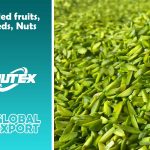
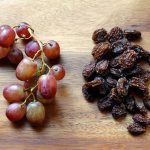
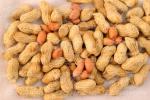
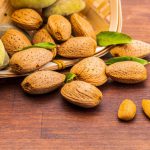
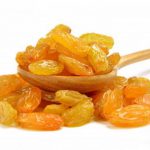


 NUTEXCO HEAD OFFICE
NUTEXCO HEAD OFFICE Te
Te Email:
Email: